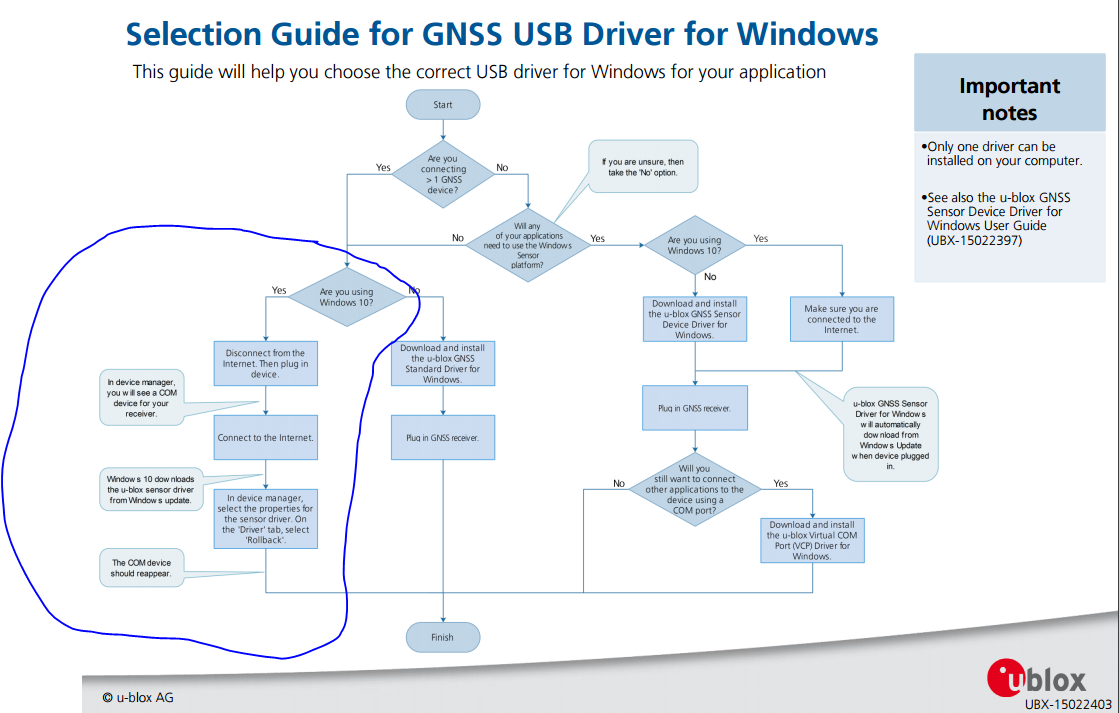This package contains the u-blox GNSS and GPS driver. The GNSS and GPS driver is a program that enables the GNSS and GPS hardware to communicate with the operating system. Get the latest driver Please enter your product details to view the latest driver information for your system. Install IOI u-blox 7 GPS/GNSS Location Sensor driver for Windows 7 x64, or download DriverPack Solution software for automatic driver installation and update. This package contains the driver for the u-blox GPS. Get the latest driver Please enter your product details to view the latest driver information for your system. Xpeng Motors selected u-blox F9 precision GNSS receiver for its P7 electric car. F9 receives GPS, GLONASS, Galileo and BeiDou satellite positioning signals and has been incorporated into the vehicle’s Xpilot 3.0 ADAS (driver assistance system) for use in navigation-guided driving, automated.

- File Size:1.56 Mb
- Hits:0
- UpdateTime:2016/12/01

- File Size: Kb
- Hits:0
- UpdateTime:2016/07/06
- File Size:4.88 Mb
- Hits:0
- UpdateTime:2017/08/03
- File Size:212.52 Kb
- Hits:0
- UpdateTime:2016/06/14
- File Size: Kb
- Hits:0
- UpdateTime:2016/04/08
- File Size: Kb
- Hits:0
- UpdateTime:2017/12/01
Installing the u-blox USB drivers for Windows for use with RTKLIB can be a little tricky now that u-blox has switched their default Windows configuration from using COM port drivers to using sensor device drivers. RTKLIB does not support sensor device drivers, so it is necessary to force the driver installation process to revert to a driver that supports the COM port interface.
To make things more confusing, there are actually three different drivers that will support the COM port interface. You can determine which driver you are using by opening the Windows Device Manager while the u-blox reciever is plugged into the computer. The receiver will either show up under “Ports” or under “Sensors”. If it shows up under “Sensors” then RTKLIB will not be able to see it. Here is an example of what it looks like when it shows up under “Ports”:
Ublox Software Windows 10
Vmware usb devices driver download for windows. If it shows up under “Ports” it may be listed in one of three different ways depending on which driver is installed. They are:
USB Serial Device (COMx): This is the generic COM port Windows driver and is what u-blox recommends for Windows 10 when using the COM port interface. It will work fine with RTKLIB, but Windows has an annoying habit of automatically replacing it with the sensor driver, so I have recently stopped using this one.

u-blox Virtual COM Port (COMx): This is the driver recommended by u-blox if you want to support both the sensor interface and the COM port interface. It has some limitations though, the primary one being that you can only run one of these devices on a computer at a time, so I don’t recommend this one either.
U-blox Driver Linux
u-blox GNSS Reciever (COMx): This is the older u-blox driver before they switched to the sensor interface. Drivers stmicroelectronics mobile phones & portable devices wireless. U-blox recommends this for older versions of Windows but I have started using this recently with Windows 10. So far I have found it works fine, and it does not automatically get replaced by Windows like the generic driver does. I recommend this one.
All three u-blox drivers are available for download from their Product Resources page. The older driver is listed as “u-blox GNSS Standard Driver for Windows”. U-blox has published a flowchart on their website to help users decide which driver to use and how to rollback to older drivers. Here is a copy of the document but it may be too small to read here and may be out of date by the time you read this so I suggest you click on this link to take you to the original document.
To revert to the generic Windows driver with Windows 10, follow the instructions in the blue circle above. Xrom driver download for windows 10. To revert to the older u-blox driver with Windows 10, you will want to first download that driver from the u-blox Product Resource page, then follow the instructions inside the blue circle.
